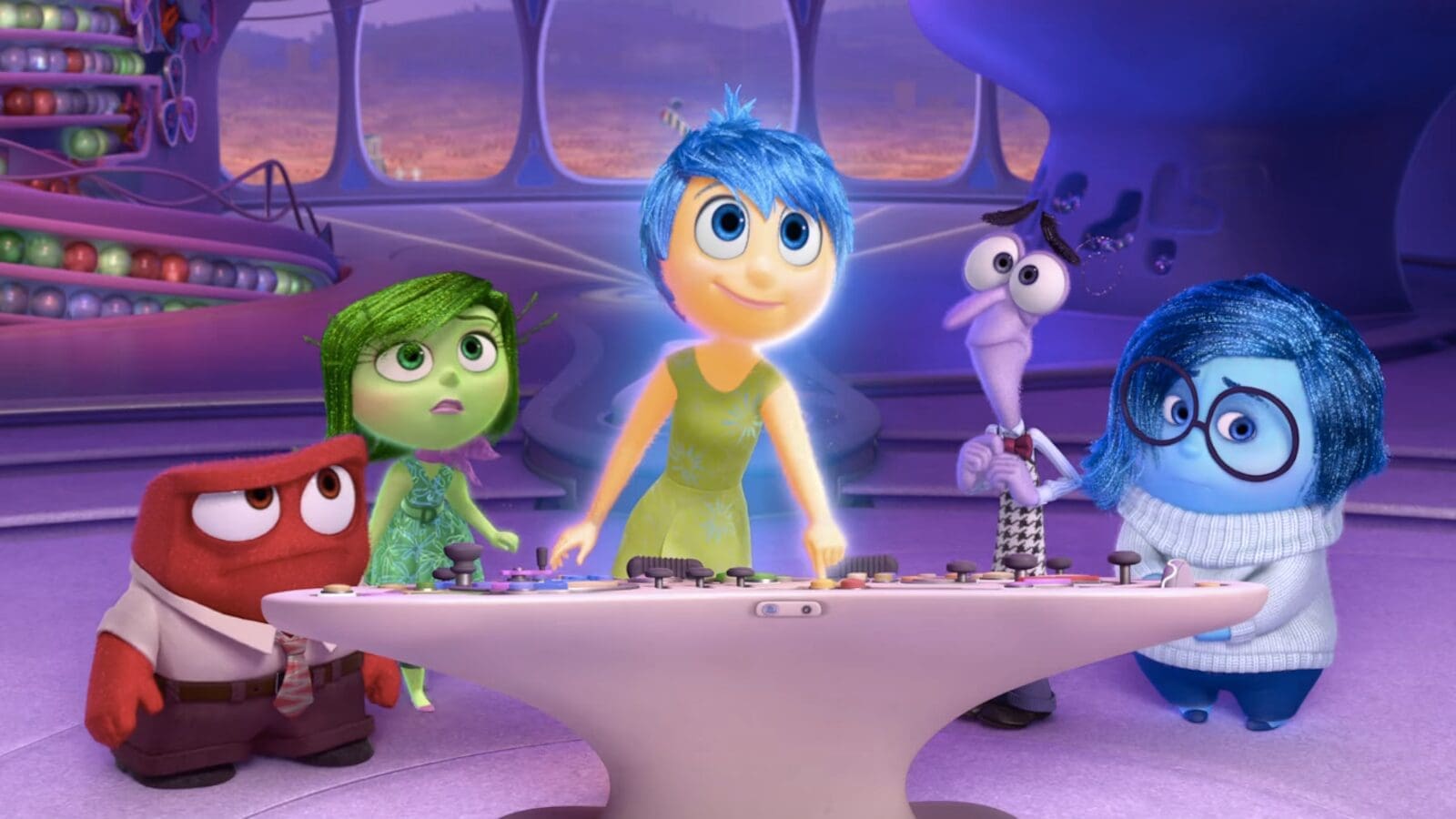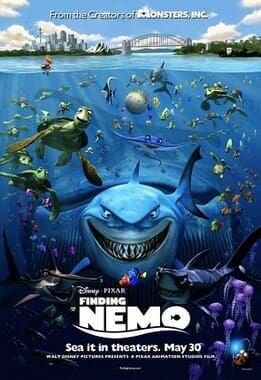
You’re 8 years old, you scurry into the dimly lit theatre to find it awash with blue from the sea in Finding Nemo. You spend at least one day a month watching rats cook in Michelin star restaurants and robots fall in love as you doze off and wake up in your own bed. And you continue to binge Pixar in high school, rewatch them well through your youth and revel in the laughter and tears the memories bring. The stories never get old, you think to yourself.
 Pixar has built a unique groove for itself in filmmaking. I’ll attempt to explain how their storytelling works and the impact they have by looking at one Pixar movie.
Pixar has built a unique groove for itself in filmmaking. I’ll attempt to explain how their storytelling works and the impact they have by looking at one Pixar movie. Inside Out:
‘Inside Out’ is a movie directed by Pete Doctor, who also directed ‘Up’ and ‘Soul’. It is home to quite possibly one of my favourite Pixar characters: Riley Anderson. Riley is an 11-year-old girl whose life is upended when her family moves halfway across the country, and the film follows the various characters running around in the control room of her mind that represent her emotions: Joy, Sadness, Fear, Disgust, and Anger (I’m just going to refer to them as emotions, make it easier for all of us). Through the film, she experiences her rocky emotions and learns about happiness, sadness and relationships.
Pete Doctor’s inspiration for this film was his own daughter as she grew through adolescence. This speaks volumes about how Pixar movies are influenced by the real-life experiences of its directors. The film is about the process of growing up and learning how to feel emotions because feeling a whole mess of emotions is what makes us human.
One of the best things about this film is its characters: Fear, who is all floppy and noodle-ly, Anger who is short, stocky and red, Joy who is shaped like a star and sparkles all throughout the movie. The best part though is how they move. Dashing and all over the place, like Joy, soggy like Sadness or stomping all over the place like Anger. They actually had 2-D animators come in to influence their movement and not make them rooted in complete reality so these characters move how they feel which is brilliant.
The screenplay is engaging to both adults and kids alike. The writers managed to put in the four stages of abstract thought fragmentation in a part of Riley’s mind and it’s an absolutely hilarious scene, even if you don’t know what’s going on.
The mind is showcased in a very scientifically backed but simple way; there’s the train of thought, long-term memory, abstract thought, imagination land and all kinds of places. When Joy and Sadness, through the course of the film, fall out of the headquarters, they travel through these mental regions. Throughout their journey, they experience many revelational moments that strengthen their relationship. While at first Joy wasn’t quite able to understand what role Sadness had to play, she understands at the end of the movie that sadness is essential, maybe even more than herself, for Riley’s overall happiness. Sadness is what tells you to slow down and ask for help when something’s wrong, and there is a love you cannot experience without grief. In the end, Sadness is the only one who can revive Riley from her emotionless phase and leads her to reunite and strengthen her relationship with her parents.
The theme of growing up is also tackled beautifully; the emotions that were once joyful are now sad, bittersweet because they are in the past, but that is what makes life beautiful.
I was a 12-year-old kid when I first watched the movie. The second time I watched this movie was when I was much older. Boy, did I underestimate (SPOILERS AHEAD!!) the scene where Bing Bong, Riley’s imaginary childhood friend, fades into the memory dump (a place where memories are forgotten forever). My eyelashes, like, got into my eye and stuff. The scene where the Emotions lose control of the control board and everything kind of fades to grey spoke to me, specifically, on so many levels because that’s what it feels like to struggle with mental health. To have something so physically represented was one of the most magnificent experiences of storytelling I’ve ever had. The stories grew with me as I grew, and that’s what’s brilliant about Pixar’s stories.
As a society, we don’t really talk about these things, these amazing, difficult emotions that we experience daily. Not in schools, rarely at home. I’d argue that most of our emotional education comes from movies; from Pixar. Filmmaking is just a different form of life and its truth and Pixar’s Inside Out poignantly captures this idea.
About the Author: Ananya Ananth is a Media and Communication student who writes, dances and pets cats. Will be found vibing to music and instant coffee at all hours.

Be the first to comment